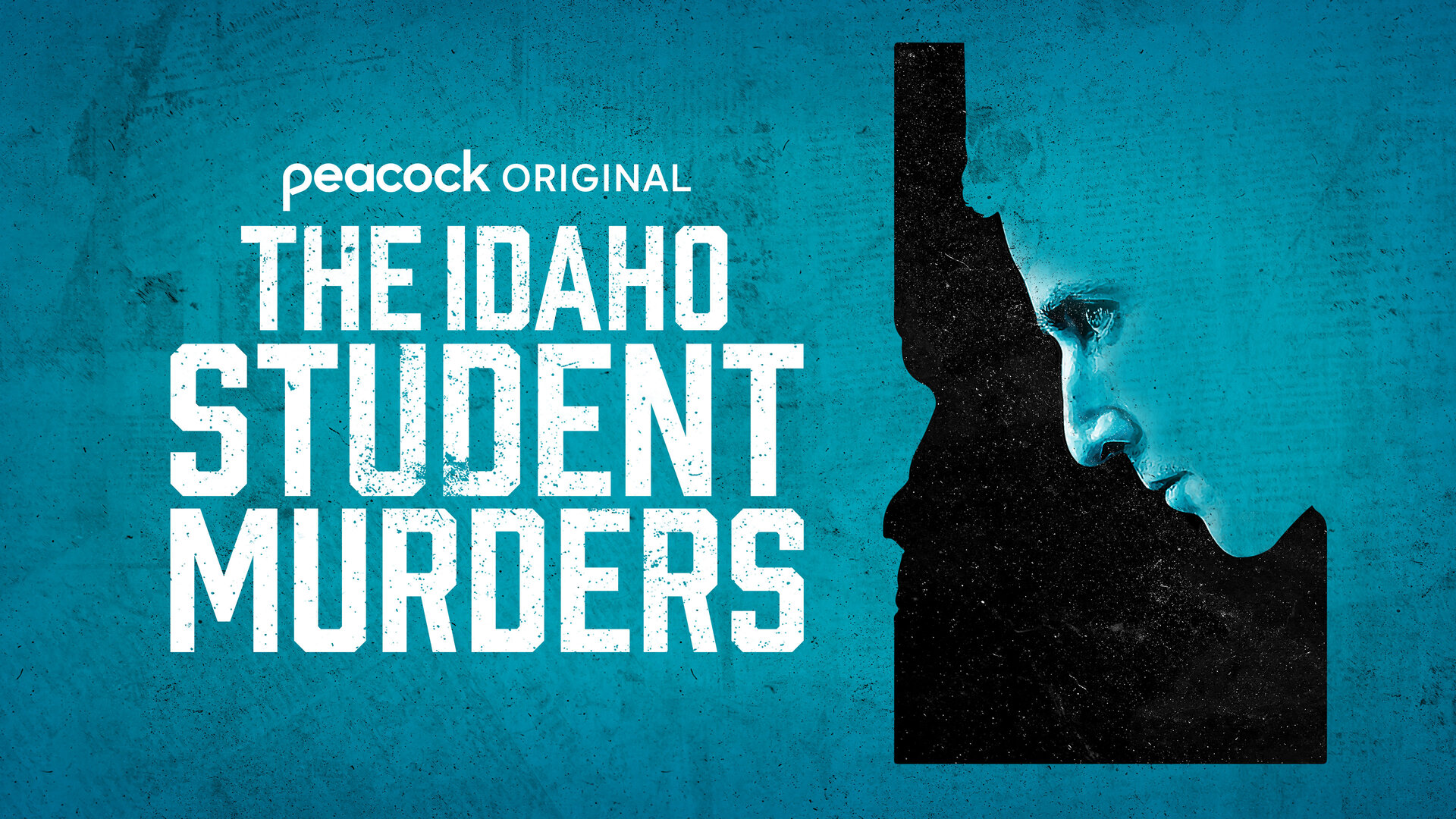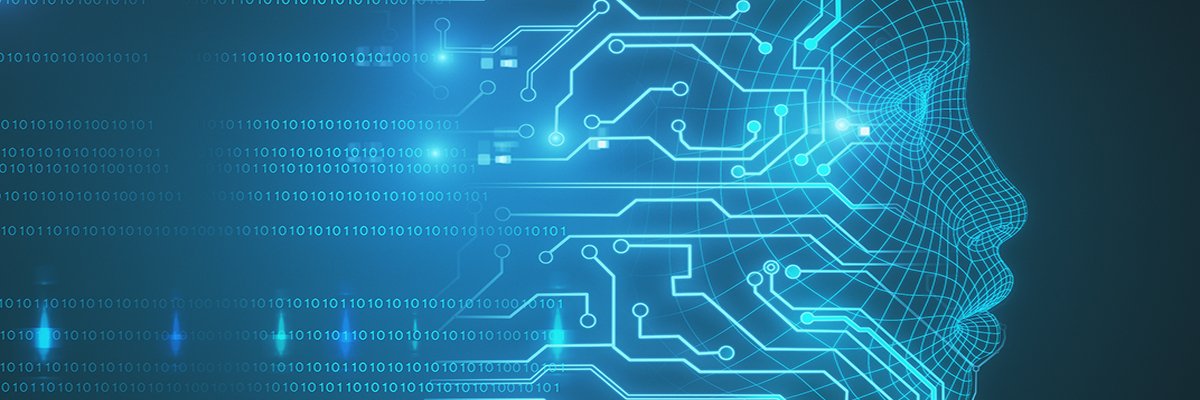Microsoft has rolled out a free-to-play, completely AI-generated version of the ’90s first-person shooter classic Quake II.
Rather than using preset locations and enemies that are the same every time you play, like in a traditional video game, the new game’s content is generated on the go by a Microsoft AI model, based on the content and style of the original Quake II.
The new in-browser game is powered by Muse AI, a generative AI model designed by Microsoft to assist video game developers. Muse, developed in partnership with UK-based game studio Ninja Theory, was trained on data collected from real humans playing the 2020 Xbox game Bleeding Edge, including “more than 1 billion images and controller actions.”
Given time, Muse can slowly replicate the visuals and gameplay of an existing video game, according to Microsoft’s research (provided it works as planned.)
But if you’re interested in giving the in-browser game a whirl, maybe temper your expectations for a modern gaming experience. The resolution is capped, and the controls seem slow and laggy by modern standards, Microsoft also appears to have capped the length of time you can play.
Microsoft has been vocal about the potential of the new Muse model to help preserve classic games, which run the risk of becoming lost media or simply languishing in obscurity. In a video announcing the model posted in February, Microsoft Gaming CEO Phil Spencer discussed how the new models open up “a ton of opportunity” because of their ability to “learn completely how a game plays without the necessity of the original engine running on the original hardware.”
Despite the potential for generative AI to assist developers, it’s unknown how the game industry will react to these types of innovations in the long term.
Recommended by Our Editors
We’ve seen creatives in other fields, from music to visual art to fiction, speak out about the potential of AI to deprive them of deserved revenue. Meanwhile, the video game industry was hit by some serious layoffs over the past year, including at Microsoft’s own gaming division.
Regardless, Microsoft certainly isn’t the only tech giant making investments in generative AI for gaming. Last year Google showcased an AI-generated simulation of iconic 90’s shooter Doom, which, like Microsoft’s recent effort, didn’t rely on code from the original game. Meanwhile, start-up Virtual Protocols demonstrated a text-to-video-powered version of 1985’s Super Mario back in September 2024.
Get Our Best Stories!
What’s New Now
By clicking Sign Me Up, you confirm you are 16+ and agree to our Terms of Use and Privacy Policy.
Thanks for signing up!
Your subscription has been confirmed. Keep an eye on your inbox!
About Will McCurdy
Contributor









